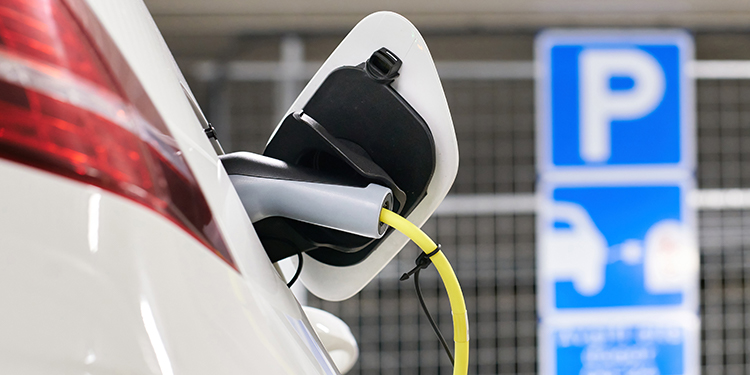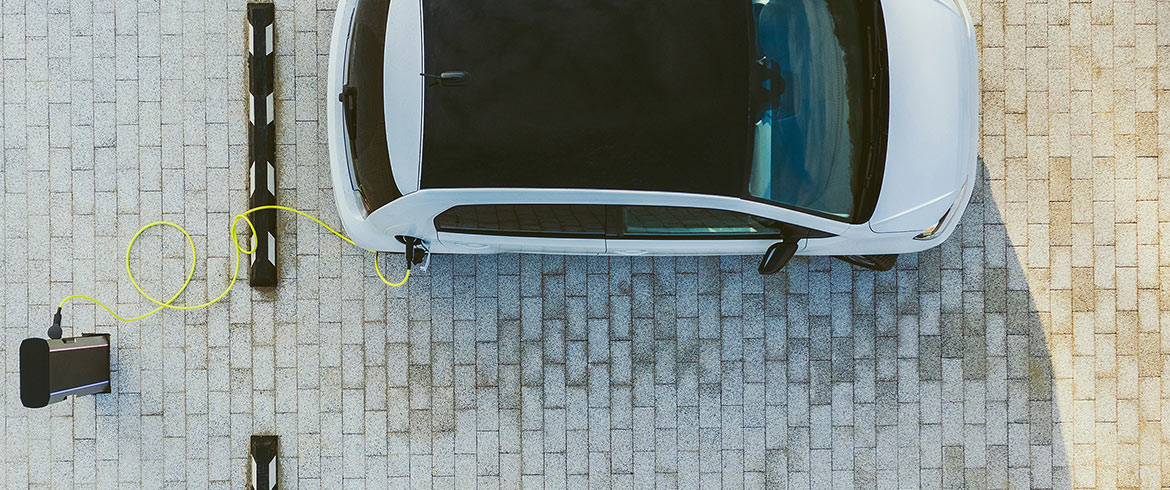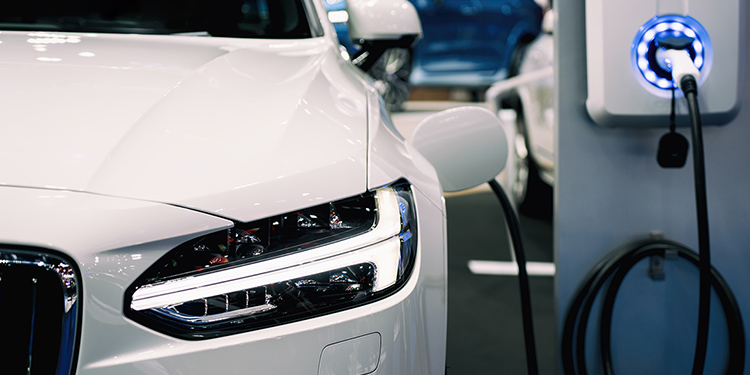For more information on power restoration, please visit Extreme Weather Restoration Updates.


We make EV charging equipment more affordable for decision-makers owning or operating multi-family, commercial, or public sector properties. Our Charging Infrastructure and Rebate Program offers program funded electric distribution system infrastructure upgrades and EV charging equipment rebates to those seeking to install EV charging equipment at their property site.
Our Charging Infrastructure and Rebate Program offers step-by-step assistance for infrastructure upgrades and installation. This program provides the necessary infrastructure to support the installation of EV charging infrastructure at low- to no-cost to the program participant. Eligible properties will save money when participating in the program and installing four or more EV charging ports.
We are here to help by providing the infrastructure upgrades needed for EV charging equipment to those who qualify. Under this program, SCE provides utility distribution service upgrades to support the installation of EV charging equipment. The Charging Infrastructure and Rebate is comprised of two primary features.
Additionally, multi-family housing properties located in a designated qualifying disadvantaged communities can apply are eligible for an additional Maintenance & Networking Rebate to help cover the cost of purchasing and managing the EV charging equipment.

If eligible, your business could benefit from participating in the Charging Infrastructure and Rebate Program. This program is available through 2026, or until available funding is fully subscribed. Participants are responsible for purchasing and installing all EV charging equipment and paying all EV charging station energy costs.
For additional eligibility and participation requirements, check our full Program Guidelines.
If the Charging Infrastructure and Rebate program sounds right for you, take action and apply today.
We are here to empower you with the information you need as a green energy leader. Explore our resources to familiarize yourself with other Charge Ready Program offerings.
Get a quick overview of all three new programs for businesses: Charging Infrastructure & Rebate, New Construction Rebate, and Turn-Key Installation.
An overall guide to the Charge Ready Program, including program specifics, eligibility, and process for the Charging Infrastructure and Rebate program.
We’re excited to work with decision makers like you who are interested in the Charge Ready program offerings and supporting this landmark EV movement. Tell us about your property’s needs to learn more about SCE’s suite of EV charging station program offerings that may work for you.
If you are a business leader with multi-family property, commercial buildings (offices, retail, etc.), or in the public sector, you could be eligible to participate in the Charging Infrastructure and Rebate Program. More eligibility and participation requirements can be found in the How It Works section and in our Quick Reference Guide.
There are two primary segments of supporting electrical infrastructure work typically required for the installation of banks of EV charging equipment. This supporting infrastructure work is sometimes referred to as “make-ready” and includes:
1. The utility side of the meter infrastructure work, which includes all infrastructure from SCE’s distribution system to a new circuit panel that will be installed to support EV charging. This segment of work is also referred to as the utility-side make-ready. SCE will always be responsible for designing, procuring, installing, and maintaining the necessary infrastructure located on the utility side of the meter.
Included with the utility-side infrastructure work, SCE will set an interval data recording (IDR) meter to capture EV charging equipment consumption data. The meter will track usage in 15-minute increments and may also be used for billing purposes.
2. The customer side of the meter infrastructure work, which includes all infrastructure from the new panel that will be set as part of the utility-side infrastructure work, up to the first point of interconnection with the participant’s EV charging equipment. All participants will have the option to have SCE perform the customer-side infrastructure work (also referred to as the customer-side make-ready) at no additional cost to the participant, or alternatively, may choose to design, procure, install, and maintain the customer-side make-ready infrastructure themselves and qualify to receive a rebate of up to 80% of the estimated costs SCE would incur for performing the work.
Multi-family housing stakeholders can choose from three different levels of EV charging stations:
Level 1 (L1): All plug-in EVs come with an L1 charging cord that plugs directly into a standard 120-volt outlet. Charging typically gives about 5 miles of range per hour of charging.
Level 2 (L2): This level requires a professionally installed charging station that can be hard-wired, or a cord set compatible with a 240-volt outlet. L2 stations can provide 26 or more miles of driving range per hour of charge. Charging at this level is faster, making it a versatile choice for many properties.
Direct Current Fast Charging (DCFC): This is the fastest type of EV charging station commonly used, providing up to 40 miles of range for every 10 minutes of charging. DCFC is a good fit for locations where drivers need to recharge quickly to get to their destination. Though not available now, DCFC will soon be available as an additional option to L1 and L2 equipment.
If the charging Infrastructure and Rebate sounds right for you, apply now to invest in your EV future.

If you think Charge Ready may benefit your business or organization, start your online application today.